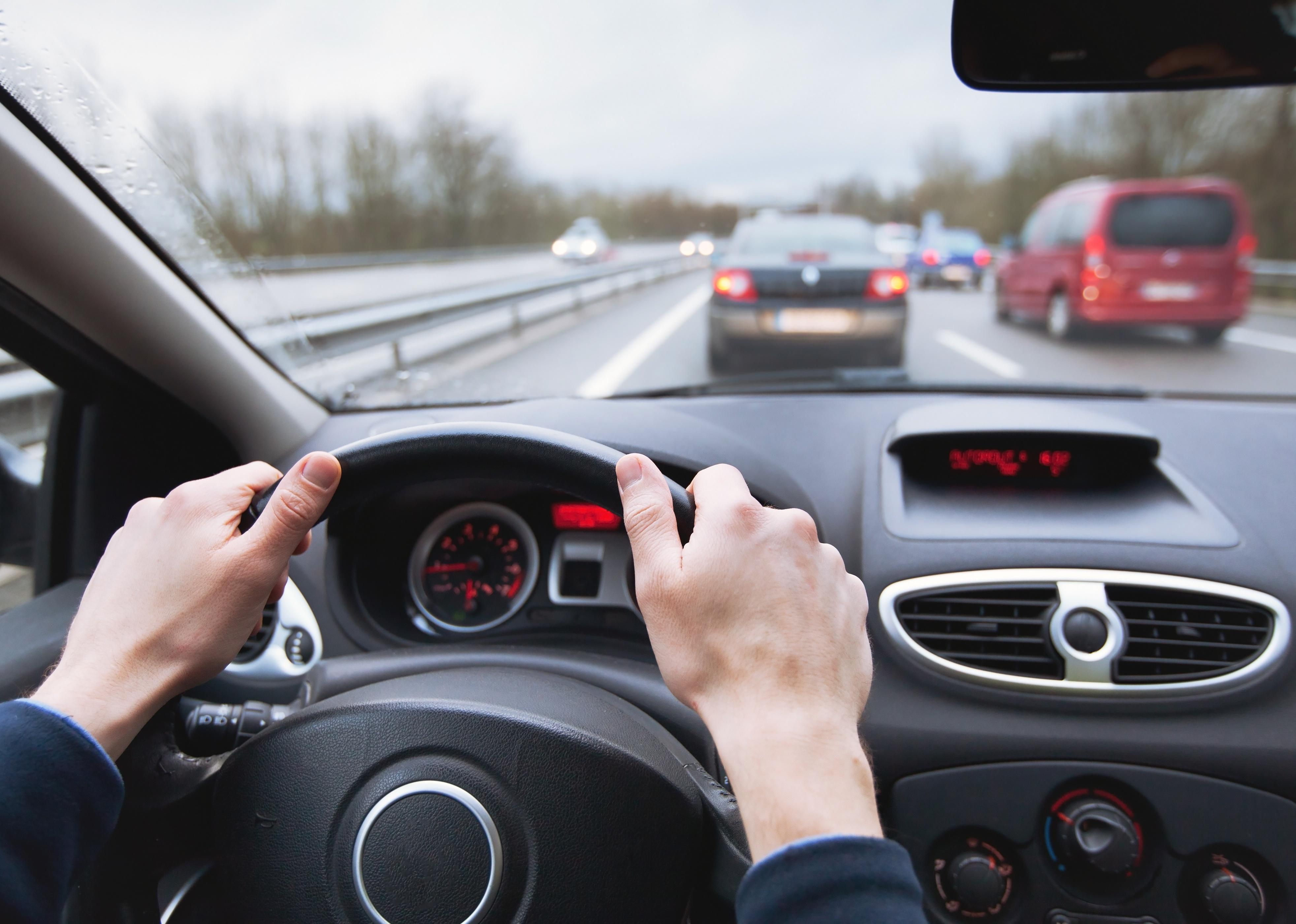
10 tech innovations that have improved driving safety since 2000
This story originally appeared on Westfield and was produced and distributed in partnership with Stacker Studio.
10 tech innovations that have improved driving safety since 2000
A new frontier of road and vehicle safety is upon us. Where once the idea of seat belts and airbags was considered radical and even annoying by many Americans in the 1960s through the 1980s, cars now come equipped with sophisticated technology like automatic emergency braking and corrective steering. Partially and fully autonomous vehicles drive alongside cars with human drivers—with only partial success—all in the name of mitigating human error.
Fortunately, car safety has increased significantly over the past six decades due to technological advances. In addition to seat belts and airbags, innovations like crash testing, brake lights, anti-lock brake systems, and even front headrests have brought down the number of car-related fatalities per 100 million miles traveled by a staggering 78% since 1960.
However, there's still a long way to go regarding car safety for everyone. People assigned female at birth are still 72% more likely to be injured and 17% more likely to die in a car crash than those assigned male at birth. This is because automakers are only required to perform safety tests using crash dummies designed with larger, more muscular, or broad physiques traditionally associated with men. While the first dummy made to represent the "average-size woman" has been created in Sweden, it is far from being a standardized requirement for car manufacturers.
Cost is another barrier to equitable car safety. Newer cars, which are more likely to be equipped with various top-of-the-line safety features, are safer than older ones, according to the National Highway Traffic Safety Administration. But not everyone can afford a new car these days, not when the average cost of a new car is $47,899 as of September 2023. Apart from newer safety features, heavier, more well-built cars—usually accompanied by a higher price tag—have been shown to keep drivers safer in the event of a crash than those in lighter vehicles, according to a University at Buffalo study.
Nonetheless, as newer car safety technology becomes more standardized, it will also become cheaper, resulting in safer cars and roads overall. To explore the features that are—or will soon become—mainstream, Westfield compiled a list of 10 tech innovations since 2000 that have helped make cars and roads safer. Read on to learn more about how they work and how effective they are.
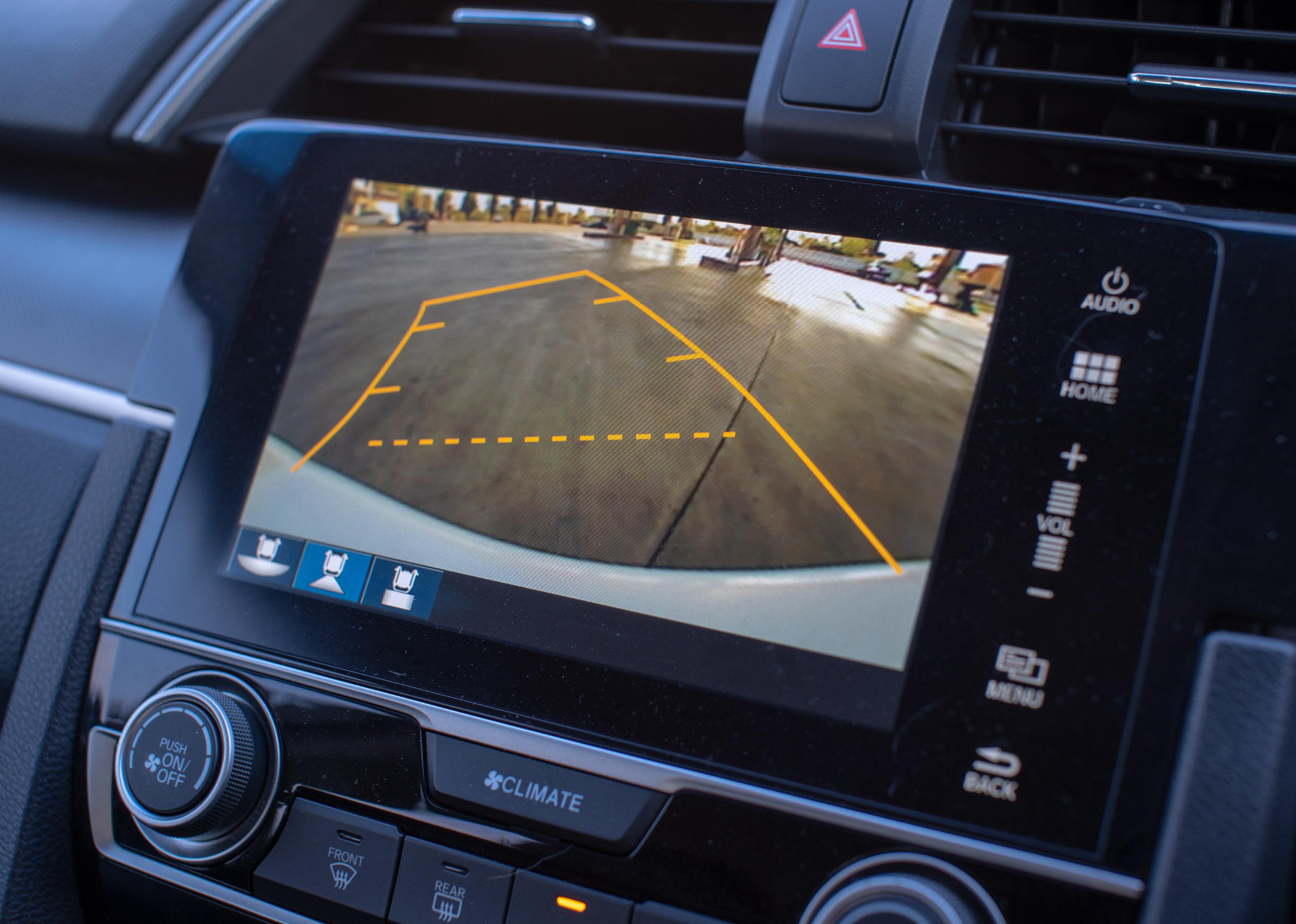
Rear-view cameras
Rear-view cameras, also known as backup cameras, were one of the first innovations in car safety technology. They've been around longer than most people would expect, with the first emerging in 1956 on a conceptual Buick model, but the technology didn't catch up to the ambition for many decades. It wasn't until the late aughts that cars began slowly integrating the technology after Congress passed a law in 2008 spurring auto regulators to require better rear visibility.
By 2014, many new cars came equipped with backup cameras, though the feature wouldn't become a standard requirement for all new vehicles until 2018. Over the last two decades, studies have found that rear-view cameras have gradually reduced the number of backup accidents, which often involve children and the elderly, and more significantly reduced fatalities associated with backup incidents. When combined with other technology like automatic braking and parking sensors, the reduction in accidents was even more striking.
Surprisingly, there is a demographic divide in drivers who seem to benefit most from backup cameras. For drivers over 70, rear-view cameras cut backup accident rates by 36%, whereas those under 70 experienced only a 16% cut in accident rates, according to a 2017 Insurance Institute for Highway Safety report.
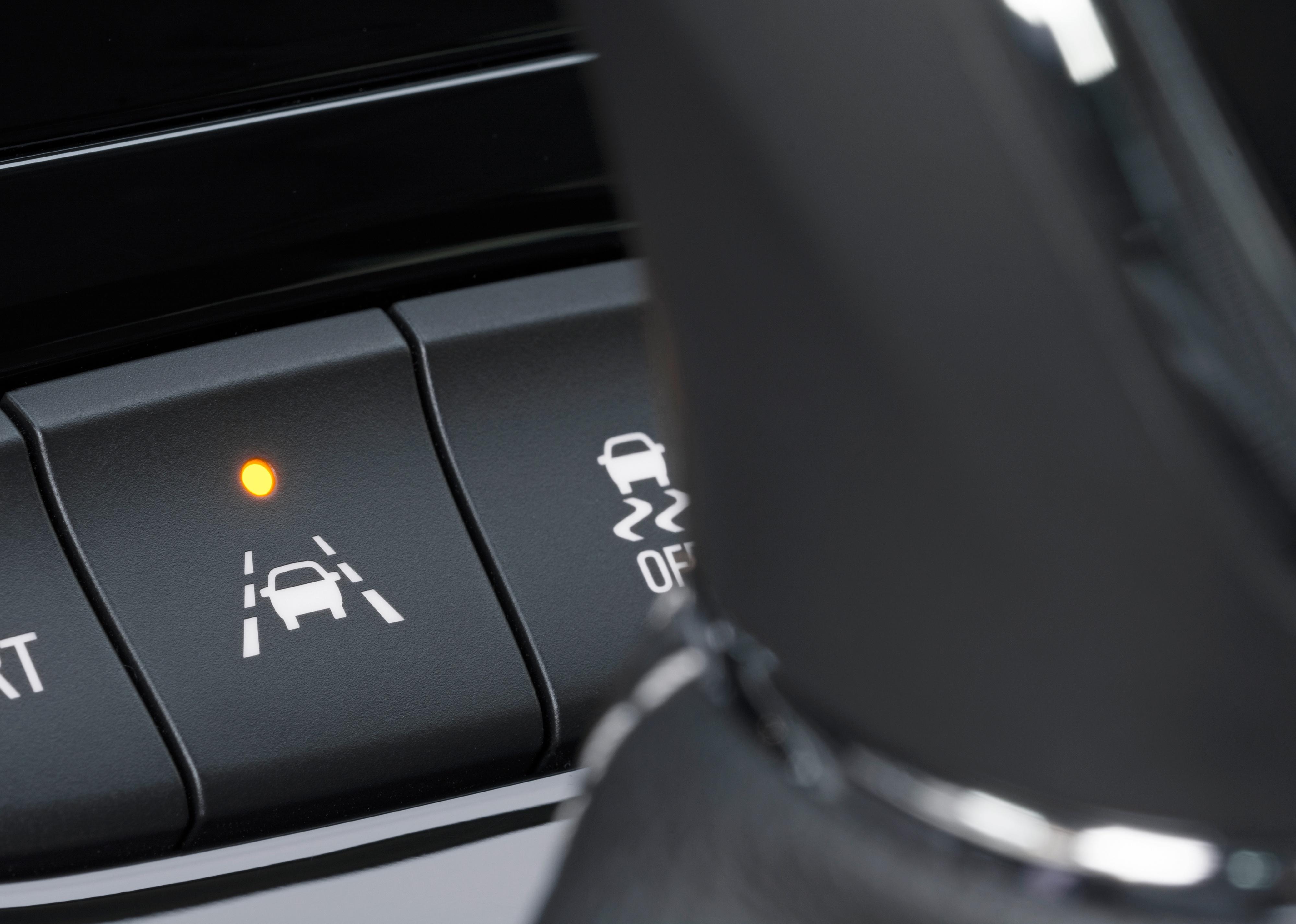
Lane departure warnings
Lane departure warnings use sensors that alert the driver when the vehicle's tire touches a lane marker (as long as the turn signal isn't in use). Usually, the warning system beeps or flashes to get the driver's attention, allowing them to correct their steering. This feature has been shown to be highly effective at increasing road safety.
According to an analysis of crashes between 2009 and 2015, cars with lane departure warnings had 18% fewer accidents than cars without the technology. For accidents that involved fatalities, the difference between cars with and without lane departure warnings was even more remarkable: Cars with the warning system were involved in 86% fewer fatal crashes.
Despite the evidence that lane departure warnings prevent crashes, a startling number of drivers with LDW-equipped cars actually disable the feature. A 2020 Consumer Reports analysis found that at least 1 in 5 (21%) drivers turn off lane departure systems because they go off so frequently, resulting in repetitive beeping.
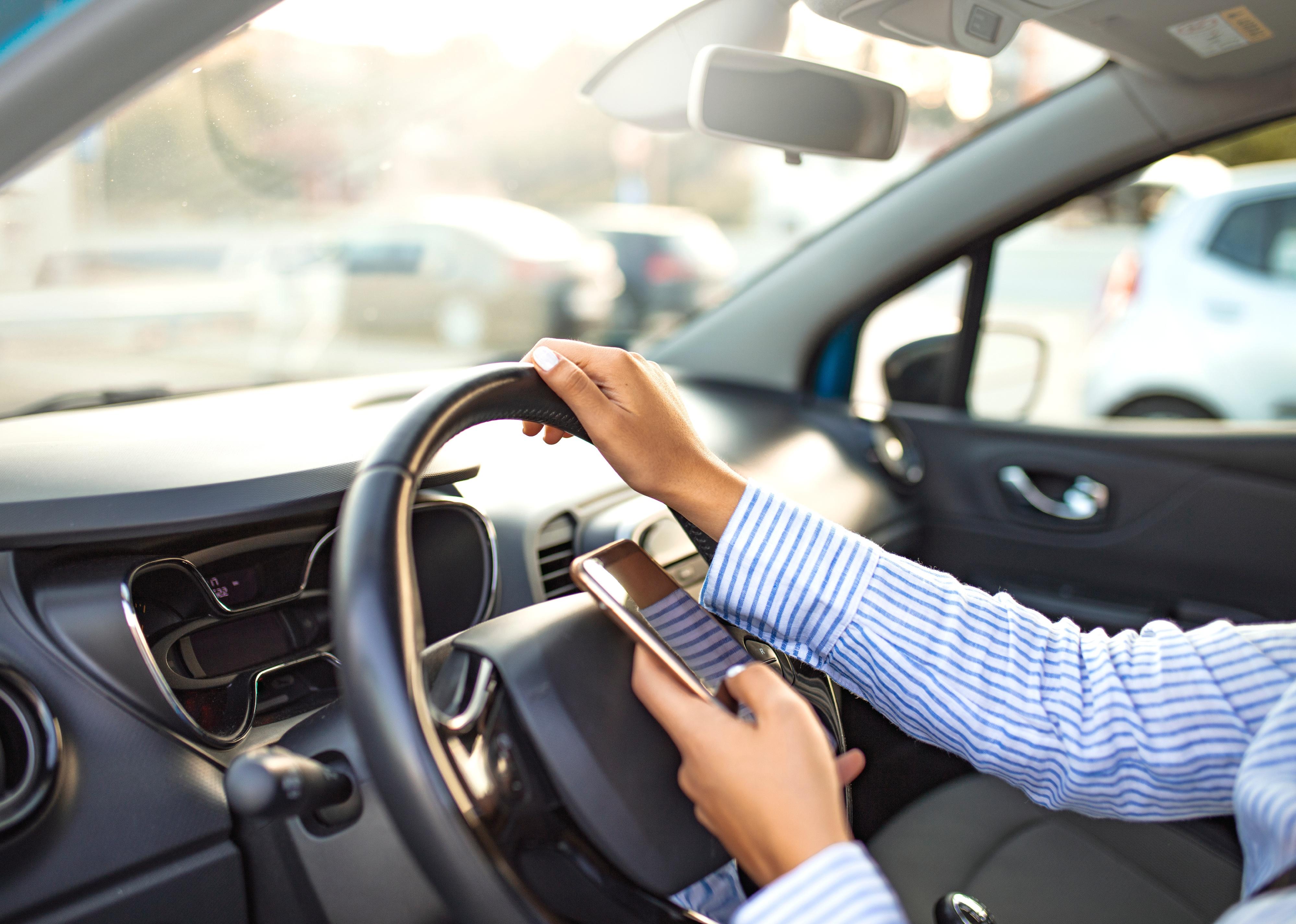
Driving mode on phones
Distracted driving was the cause of more than nine crash-related deaths each day in the U.S. in 2021, according to NHTSA.
To mitigate the effects of distracted driving, major phone manufacturers like Apple and Google introduced modes that halt notifications like calls, texts, and news alerts while phone owners are behind the wheel. The iPhone version, called Driving Focus, can be manually turned on and off when entering or exiting the car or enabled to engage automatically based on motion detection. Driving Focus can also be paired with Apple's CarPlay feature, a hands-free Bluetooth pairing mode, to redirect phone calls through the car's speaker system.
Google Assistant driving mode can be activated on Android devices when you navigate using Google Maps. It can also be used as a voice-activated system to send texts and make calls using voice commands and read incoming messages aloud. Data from 2018 found that Apple's Do Not Disturb While Driving mode resulted in slightly less phone usage behind the wheel, but the impact of driving modes on overall road safety is inconclusive.
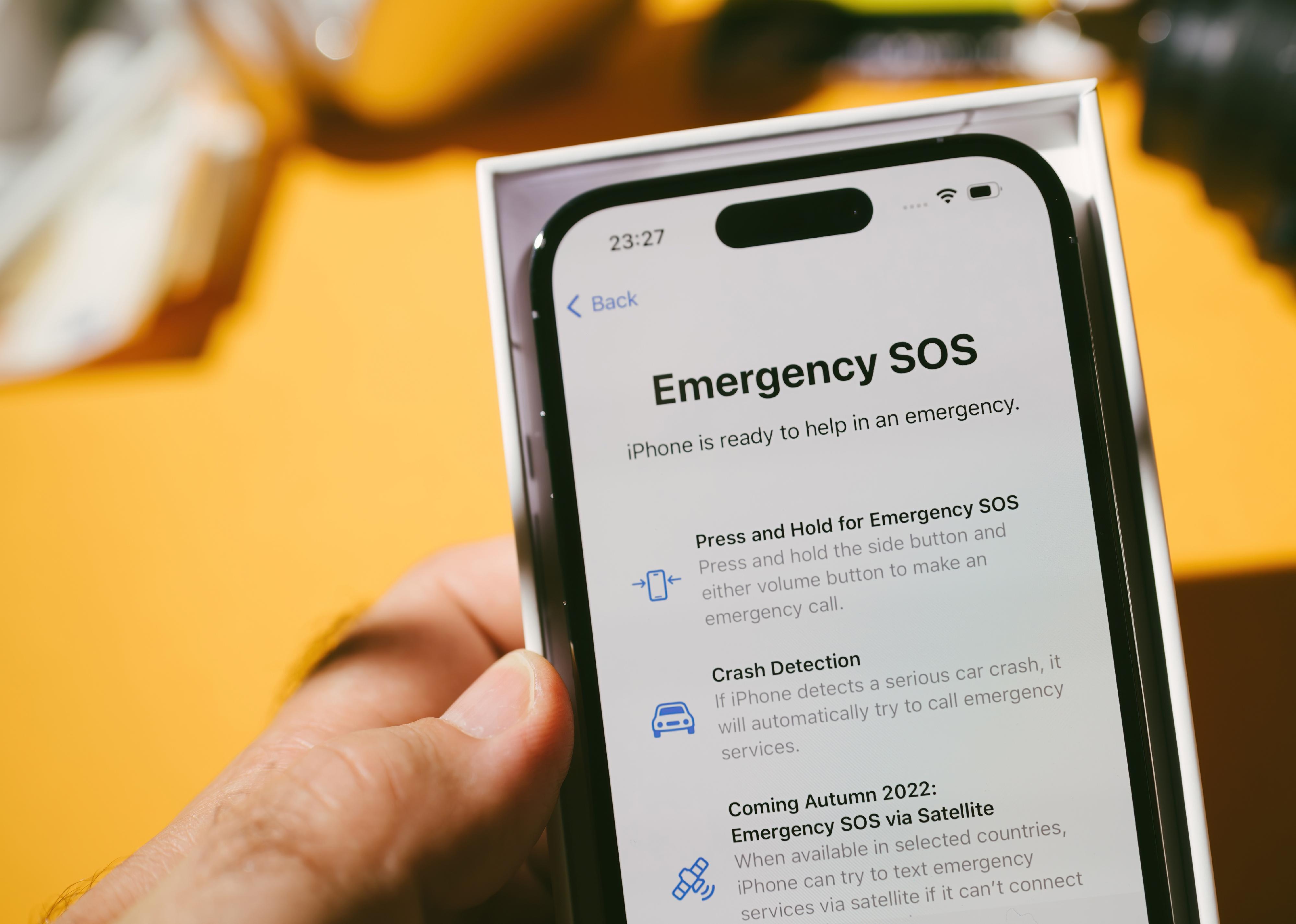
Crash detection
Apple announced its new Crash Detection software as part of its iPhone 14 release in September 2022. Designed to pick up on four types of crashes—front, side, rear, and rollover—the software prompts the phone to contact emergency personnel and employs satellite data to communicate the vehicle's location if the driver cannot communicate, even in locations without cell service. Drivers can also cancel the emergency response if desired. Crash Detection also works with new Apple Watches. Since its introduction, the feature has made headlines for providing potentially life-saving services during unusual crashes.
Apple isn't the only supplier of crash detection technology, however. Many newer vehicles come equipped with a comparable feature, like OnStar, which similarly functions to alert emergency responders to a driver's location if they are incapacitated. Android phones have also offered a similar technology since 2019.
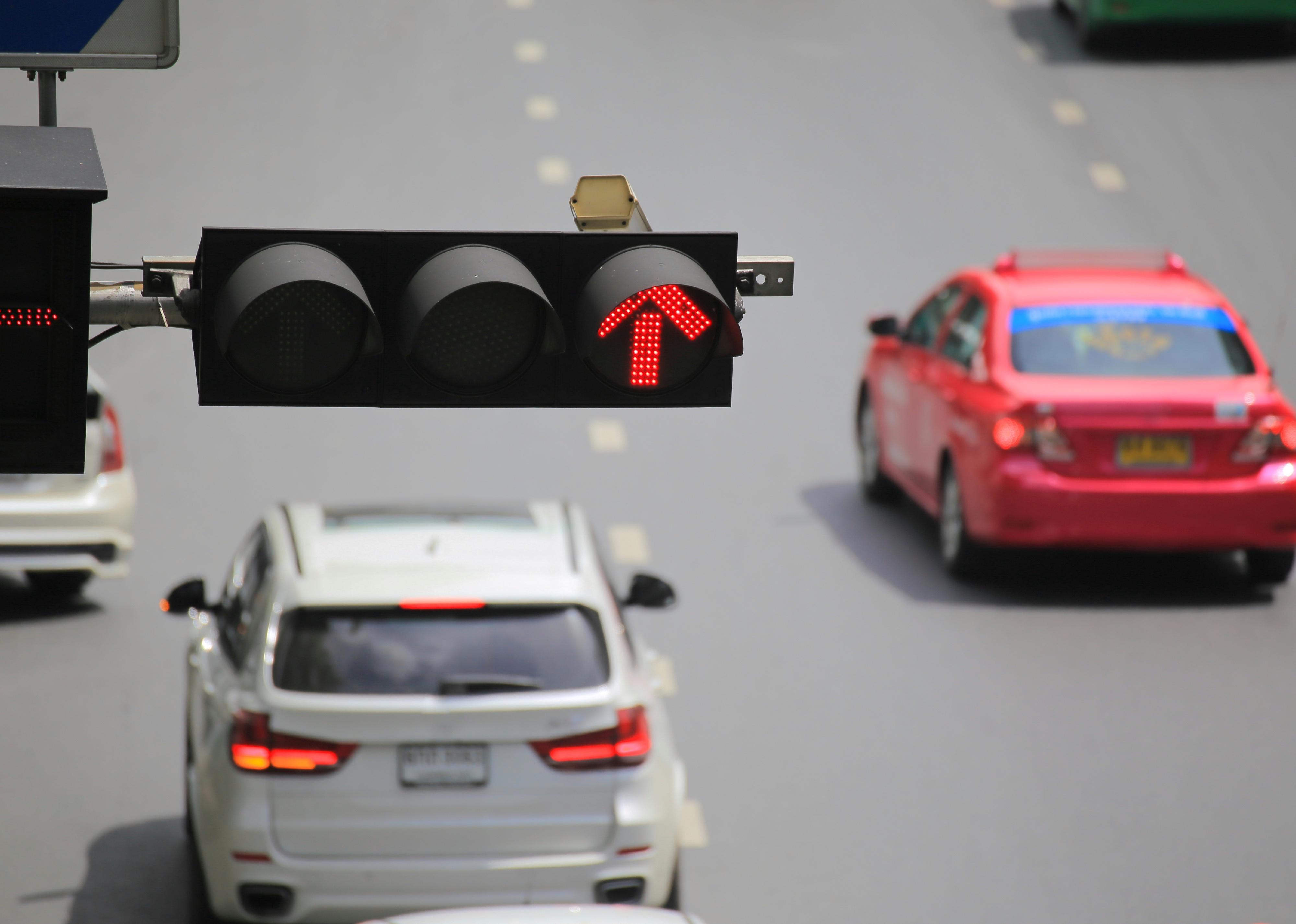
Red light cameras
Red-light running was responsible for 1,109 deaths and roughly 127,000 injuries in 2021, according to the Insurance Institute for Highway Safety. Studies have shown that red light cameras at intersections cut fatal crashes in cities by as much as 21% and decreased them in other locales by around 14%.
The cameras photograph cars moving through intersections, allowing law enforcement officers to review violators and disincentive red-light running through a fining system. Opponents of the cameras have raised concerns about privacy and surveillance. In 2021, 344 municipalities used red light running cameras.
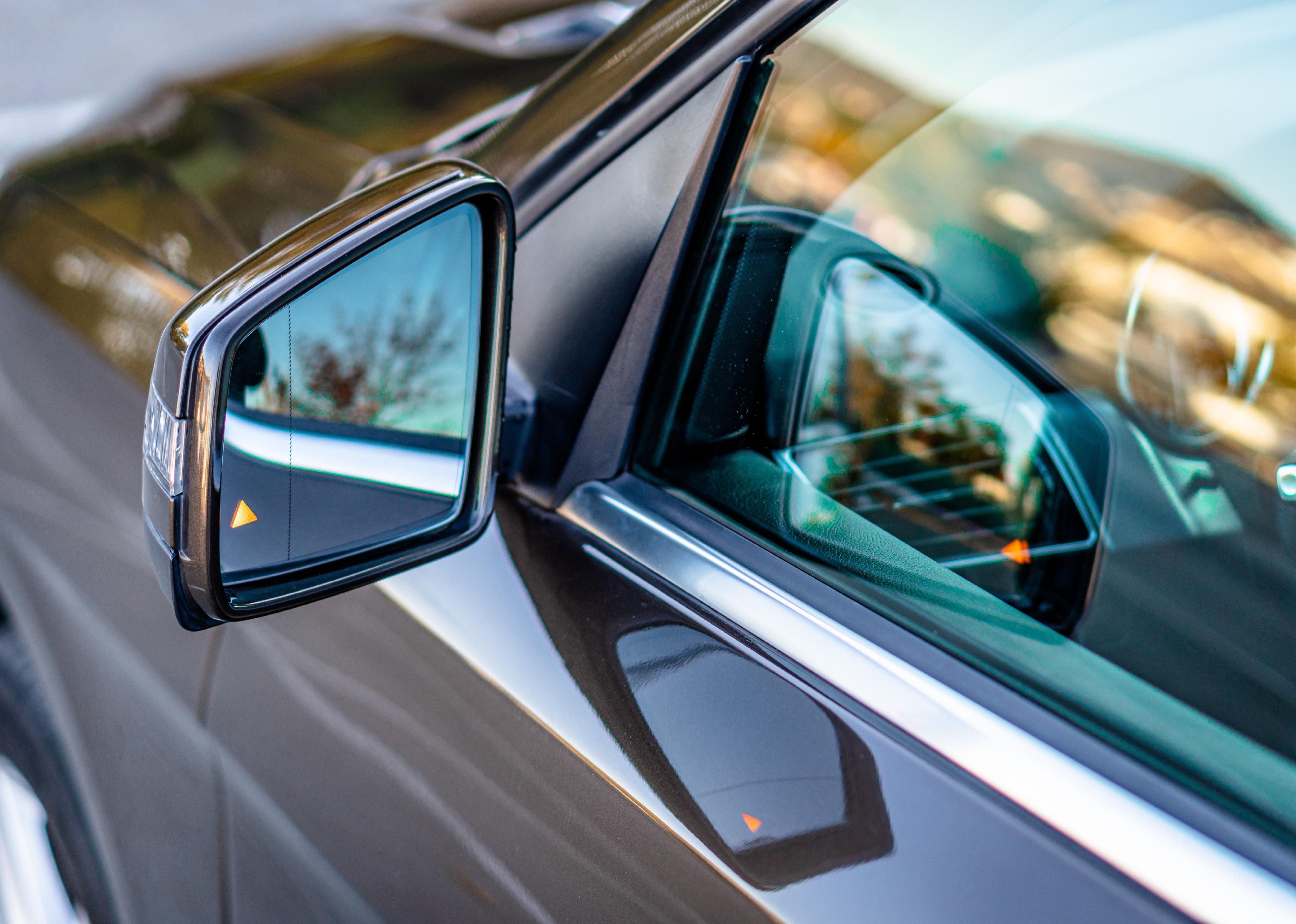
Blind spot detection
Introduced in 2004 by Volvo, blind spot detection has become increasingly standard in new vehicles. The technology uses radar, cameras, or other sensors on the car's sides to alert drivers to the presence of another vehicle in their blind spot and indicate it visually. Many systems go a step further, giving another, more aggressive cue if the driver puts on their turn signal when another car is in or approaching their blind spot, often beeping, vibrating the steering wheel, or even autocorrecting the steering.
According to 2018 data, vehicles with blind spot detection were involved in 14% fewer lane-change crashes than cars without it.
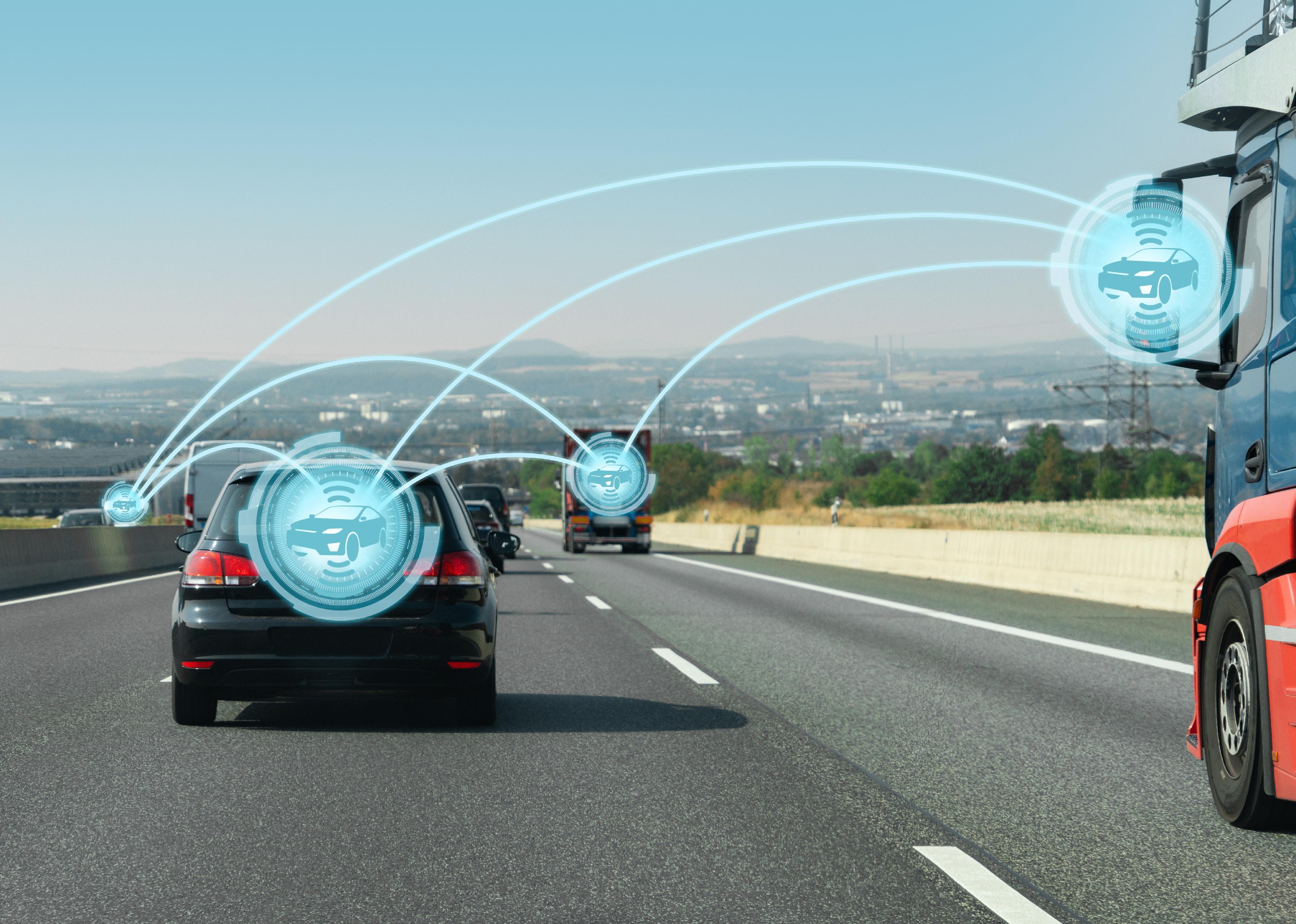
V2V communication
What sounds like a far-out invention from a sci-fi novel is already playing out on some roadways through vehicle-to-vehicle communication. V2V communication works when cars exchange information about their proximity to other cars, speed, and direction using wireless technology. Cars with safety features like blind spot detection and lane departure warnings can communicate this information to others with the same features, further lowering the risk of crashes. It can be beneficial when visibility is poor due to weather conditions, traffic, sun glare, or low light.
While still in its nascency, V2V communication is becoming standardized in newer vehicles because of a Department of Transportation proposal—and it's rapidly growing: the V2V communication industry was worth roughly $19.98 billion in 2022.
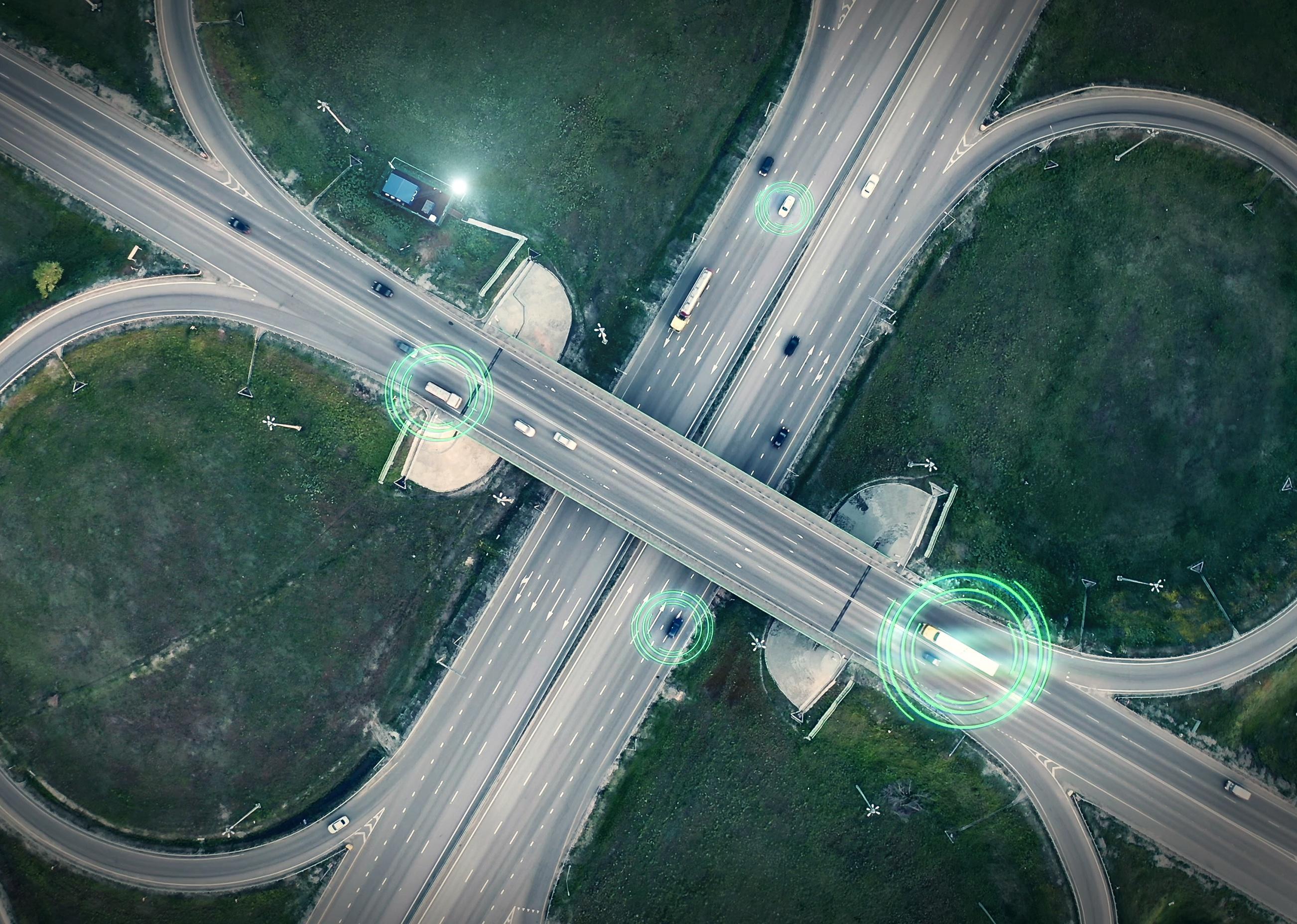
Car telematics
Car telematics are in-vehicle systems that combine safety features, navigation, and communication features, making switching between them a more integrated, less cumbersome experience. It also means having a more hands-free, less distracted driving experience, decreasing the likelihood of ending up in an accident. Over 3 in 5 new cars had built-in telematics systems as of 2020.
Telematics features can also be used to incentivize safe driving. The recent rise of usage-based car insurance, which rewards safe drivers with cheaper insurance rates, can use embedded telematics to score driving habits like speeding, sudden braking, phone usage, and other factors. In 2022, TransUnion survey data indicated that more and more drivers were opting into usage-based insurance programs. But drivers, beware—not everyone who opts into these programs receives lower rates. In some cases, insurance companies have instead raised rates based on unsafe driving habits.
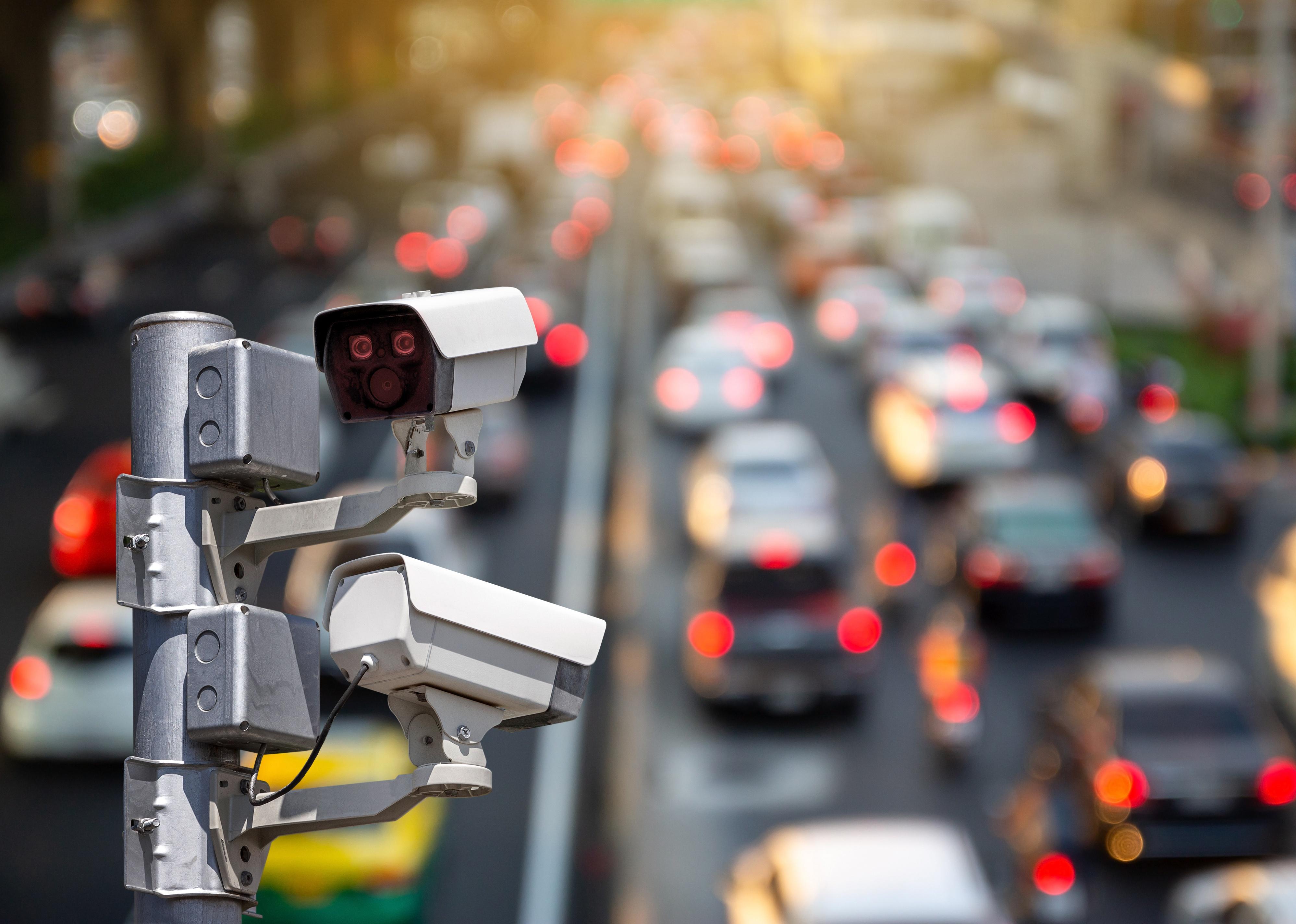
Smart traffic control systems
Traffic control can help make roadways safer and more organized. Still, systems like traffic lights have historically operated independently from the actual flow of traffic, often leading to red lights that last too long, green lights that aren't long enough, or needing to wait at a light when no drivers are crossing your path. Unresponsive or ineffective traffic lights can inspire road rage, cause even more congestion, and generally create unsafe driving conditions, perpetuating the very problem they were designed to mitigate.
Smart traffic control systems offer a solution to these hangups by using available information, like the number of cars in each lane of an intersection, to guide traffic in more streamlined ways. Some systems use wire loops embedded in the road to determine congestion levels, while others use cameras or pedestrian inputs, like buttons at crosswalks. Studies in places where smart traffic control systems are in use have shown that they save on fuel, emissions, and time spent in the car and create pathways for emergency vehicles and public transportation.
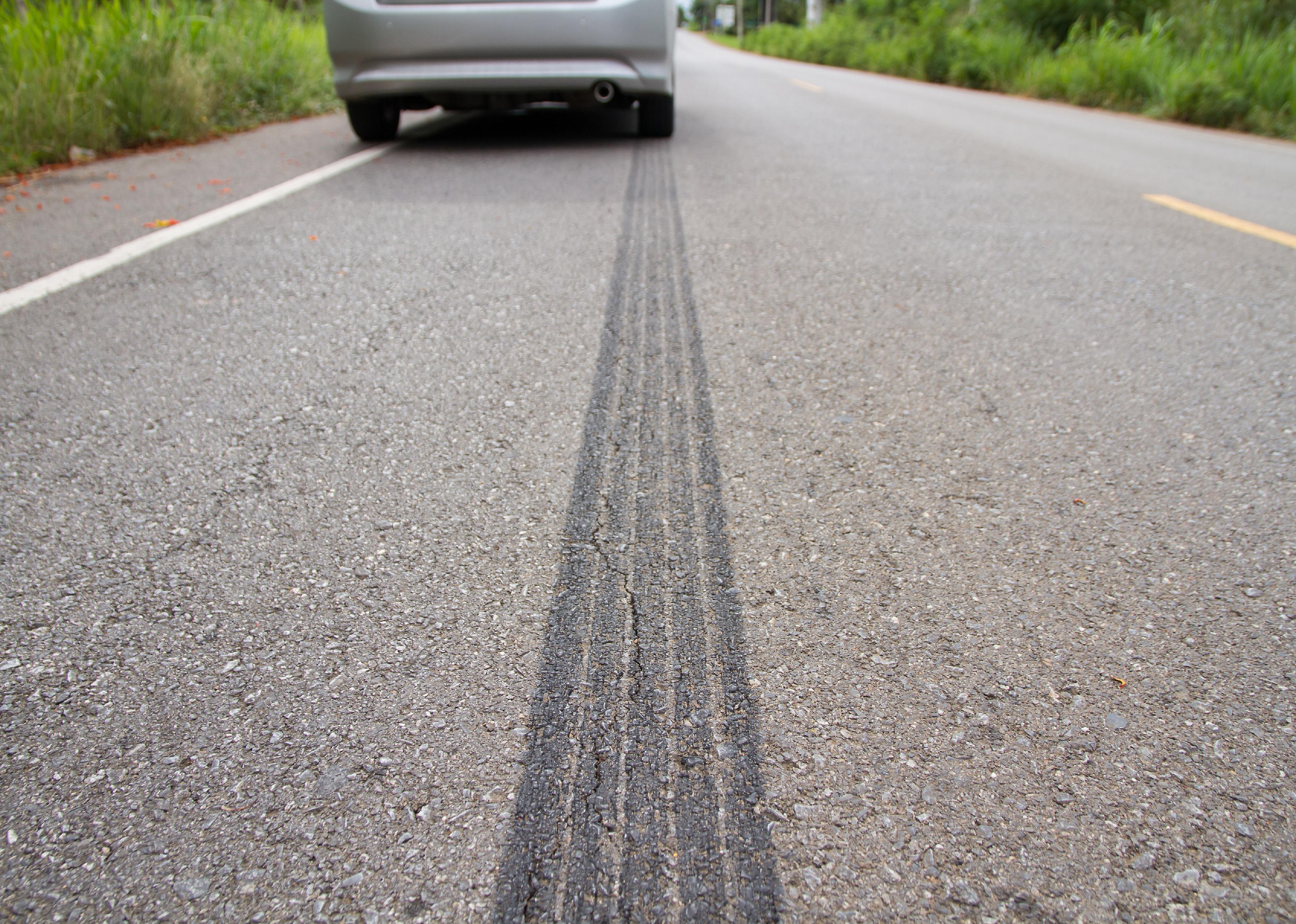
Automatic emergency braking
Automatic emergency braking systems have been incredibly effective at preventing crashes, cutting rear-end collisions by half when combined with forward collision warnings. AEB systems utilize sensors that kick in when a car approaches another vehicle or object too quickly, engaging the brakes and halting collisions before they can happen. Variations of AEB systems include brakes that engage when reversing the car, if a pedestrian is detected, or at high speeds. In 2022, automakers committed to standardizing this feature in all newly manufactured vehicles.



